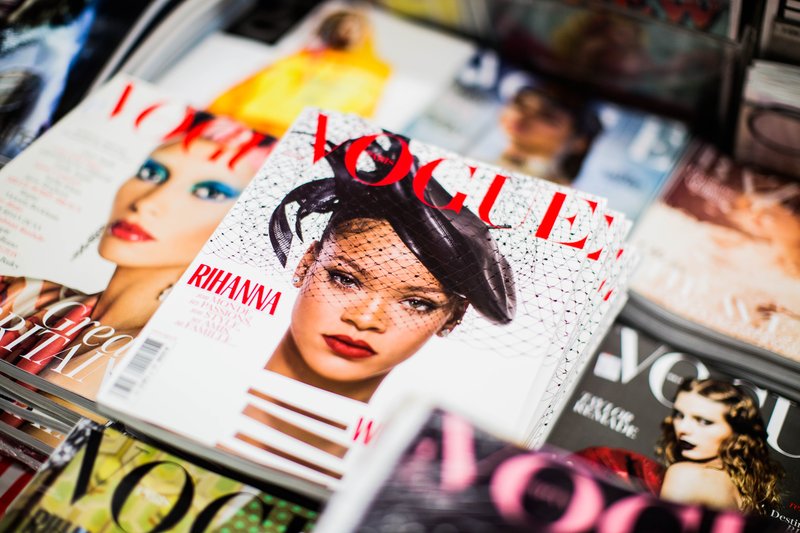
Public relations is a $100 billion industry. It’s growing at a rate of 11 percent per year.
Organic content featuring brands has never been more powerful, and journalists—many of them tasked with writing multiple articles a day as staffs shrink and deadlines loom—need to know about the latest players in the industries they cover. These journalists are swamped and looking for sources of content. They’re hungry to connect with sources, tastemakers, and thought leaders.
The environment is ripe to connect these groups, and to tell stories in an organic and efficient way. It’s never been a more opportune time for brands to do PR.
But the PR industry has a problem. A few, in fact.
For one, it’s cost-prohibitive, and many small businesses are locked out. 69 percent of small businesses can't afford to do any kind of PR. Even for bigger brands, traditional PR is rarely cost-efficient. It requires money, resources, connections—and some luck.
Publicists aren’t immune to the inefficiencies, either. They have to sift through multiple sources to find press opportunities—or resort to dreaded email blasts—just to get their clients noticed.
To add onto all of that, journalists are inundated with press releases that have no connection to the beats they cover. Many of the tools they use to discover new sources and thought leaders are clunky and outdated. Sometimes, they rely on Twitter (which is going through a tumultuous period, if you haven’t noticed).

Journalists are hungry for content. The environment has never been better for brands to get their stories out, and for publicists to hit home runs for their clients.
But things aren’t efficient. For anyone.
There needs to be a unified platform where journalists, brands, and publicists can connect and engage with one another.
When I sold my first startup to American Express, I saw firsthand the value of good press. We had retained a PR firm, got better coverage than some of our bigger competitors, and raised the awareness around our product.
Naturally, we wanted more. But we didn’t know how to get it without again retaining a firm. We didn’t have the contacts and didn’t know what to pitch (or how). We knew there were very manual ways of doing things—big, non-intuitive databases of journalists that we didn’t have time to dig into. That experience stuck with me.
After I left American Express, I went on a solo vacation to a tiny island in Asia. I found out about this out-of-the-way island through an article on Culture Trip, an online travel publication. When I got there, a small business owner asked me how I found out about the place and I told him.
“I can’t tell you how many people came here because of that article,” he said. “It’s been so powerful for our business. How could we put ourselves out there like that again?”

He told me about how Airbnb had changed the course of business for him, because it connected travelers to small businesses around the world. Sitting on the plane going home, I wondered if something similar was possible for brands, agencies, and journalists: an intuitive platform where they could connect.
Back in the States, we started building.
We built digital media kits that included hi-res images, pricing, brand story, founder’s story—all the basics a journalist would need to tell their story.
The next step was to recruit journalists and get their feedback. We wanted the platform to be a hub for them, where they could quickly and easily search through these companies, and find the stories and sources that were interesting to them. I thought the journalists would be the hardest group to get on board, but their feedback was overwhelmingly positive.
When I asked them what they’d previously used to go through their pitches, “email inbox” was the most common answer. There were a few systems out there, but they were inefficient. Sometimes, journalists would ask for leads on social media, but this might lead to 1,000 responses (and none of them helpful).
We knew we were onto something—especially if we kept making it more relevant to what journalists wrote about or were interested in. How could we further clean up the noise and clutter and create an even better workflow for them?
For the past two years, we've been adding and building features that our customers have asked for.

We’re out to build the world’s leading media relations platform.
Press Hook is a cost-efficient, accessible solution for the $100 billion global PR market.
It allows journalists to discover innovative businesses and find subject matter experts to better craft their stories. Businesses and brands can use the platform to pitch themselves to relevant media and secure press coverage—with or without a dedicated PR pro. Even for PR agencies, it's an all-around useful tool that supplements their outreach and streamlines their workflow.
The environment has never been more ripe to connect journalists, tastemakers, and thought leaders.
Press Hook will be the platform where it happens.








